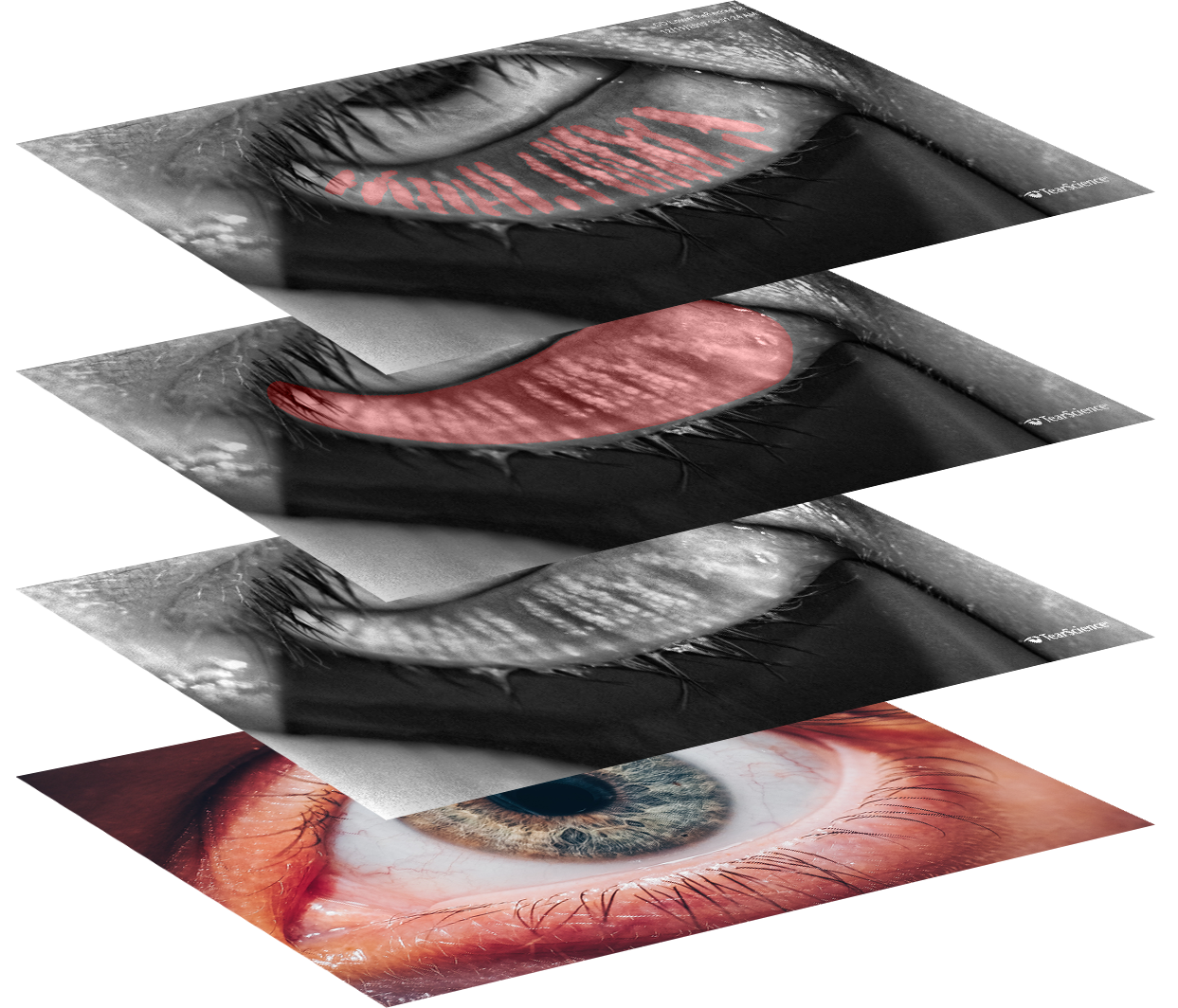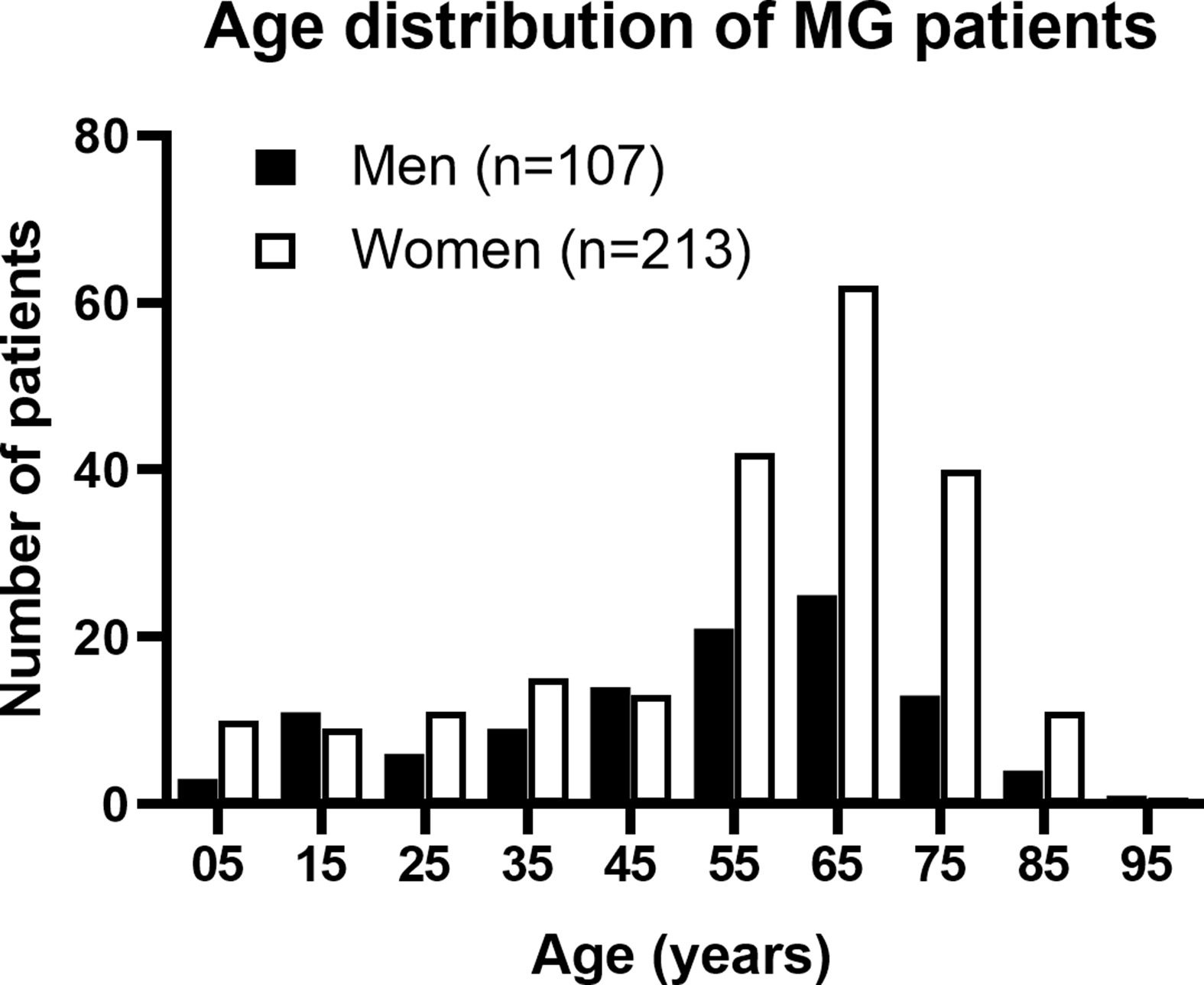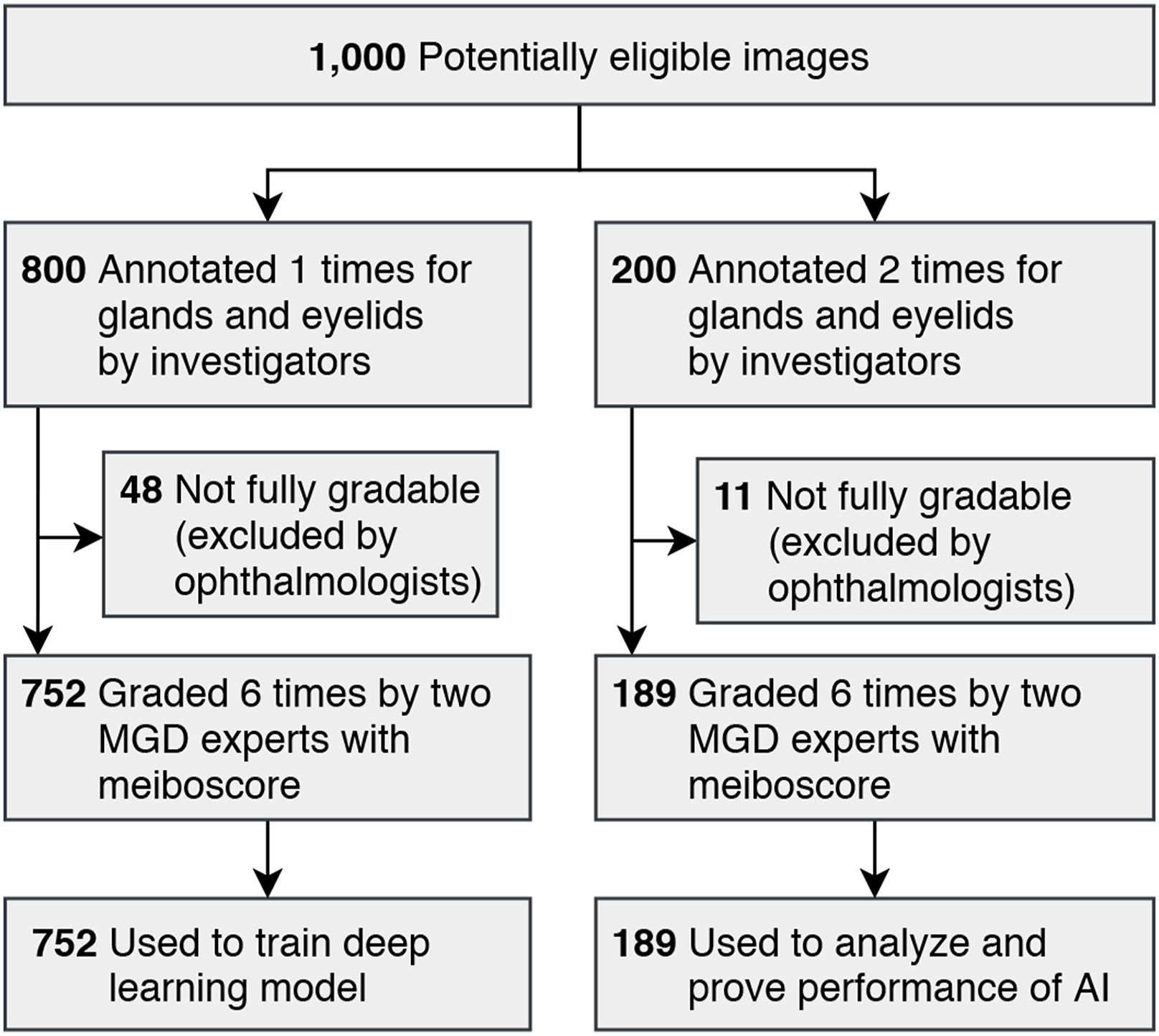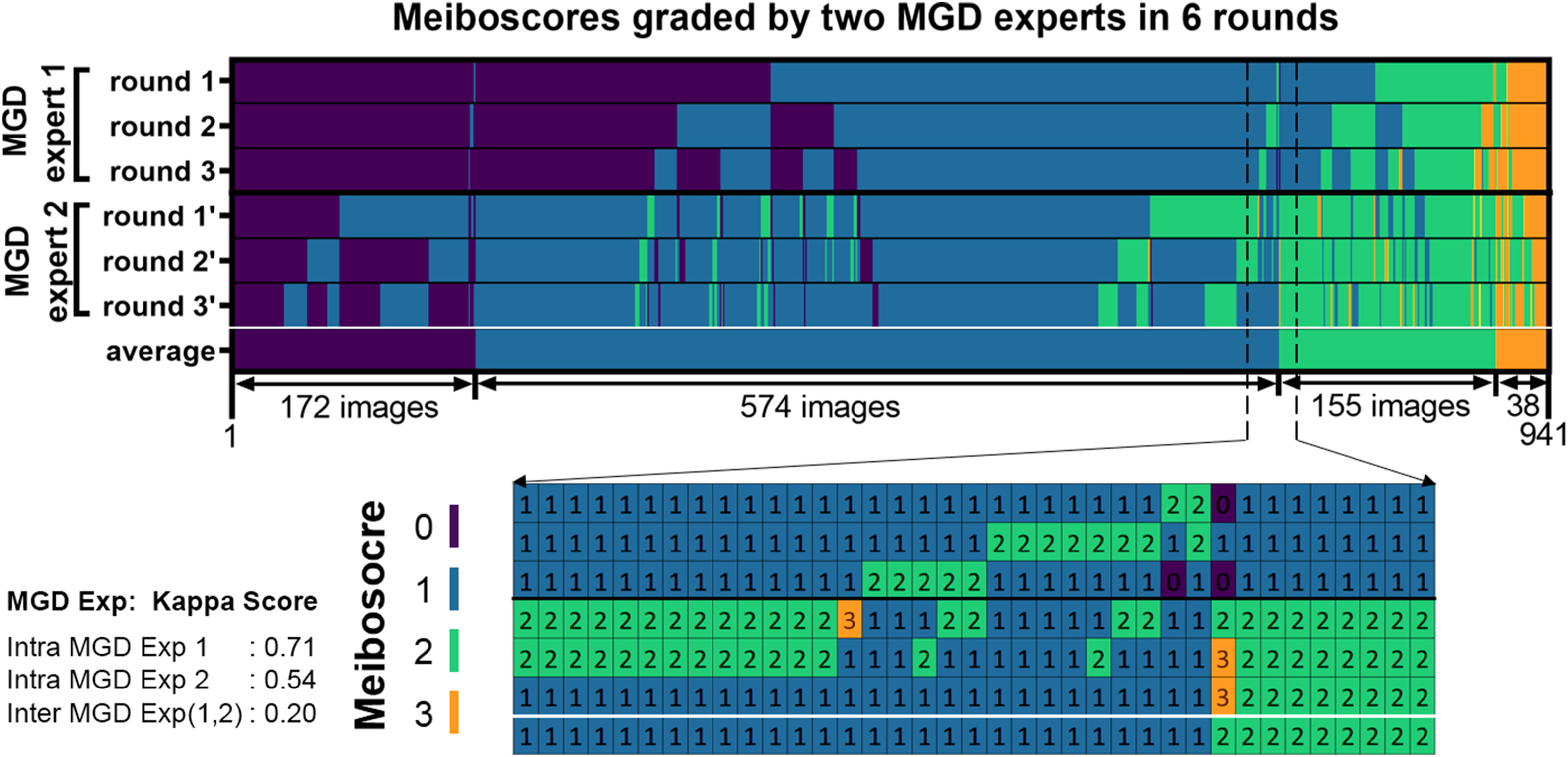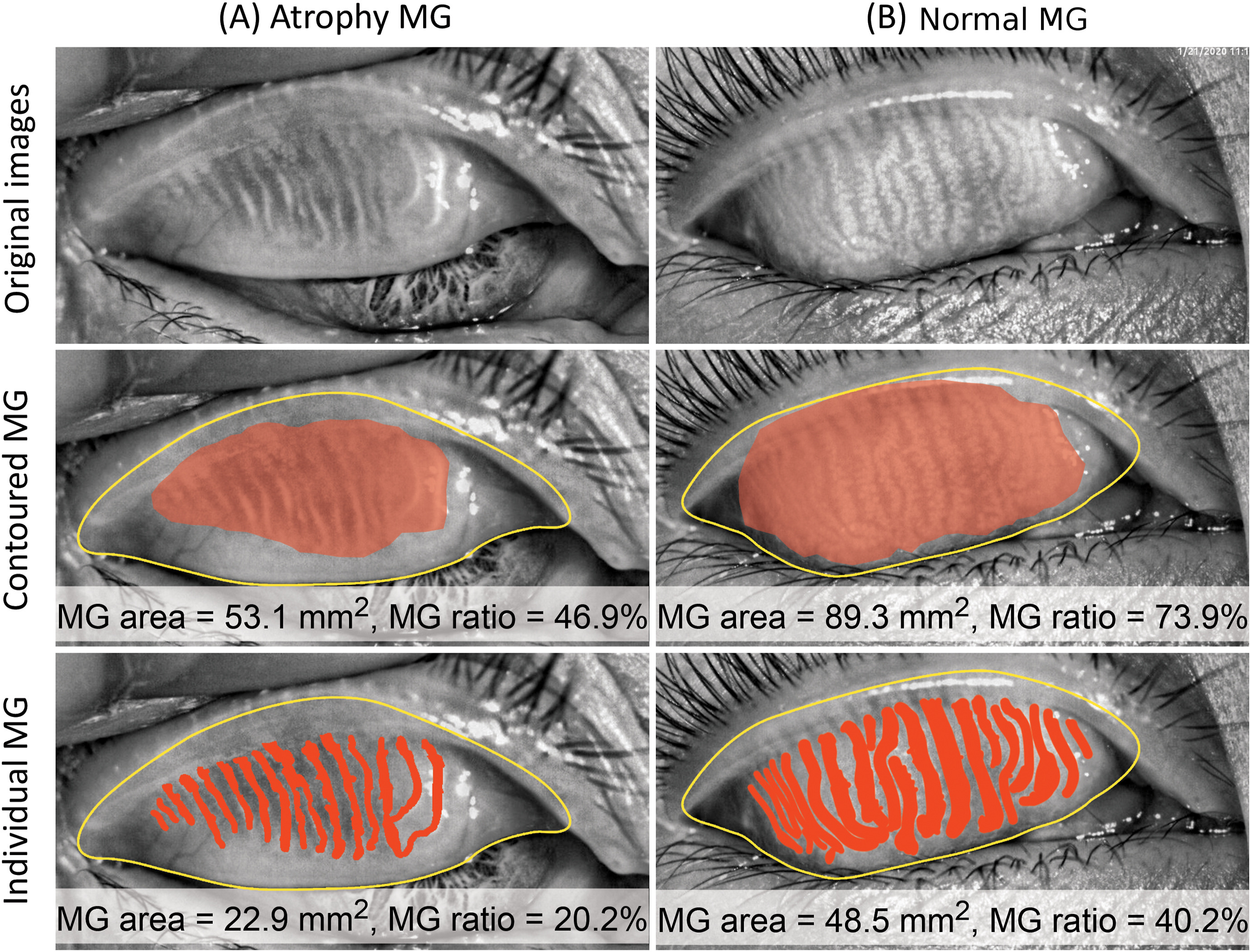Dataset overview
MGD-1k Dataset
This MGD-1k dataset contains 1,000 infrared images of Meibomian Gland. All
images are precisely annotated by investigators under direct supervision of MGD(meibomian gland
dysfunction) experts and professional ophthalmologists.
This dataset is arranged into:-
- 1000 images of Meibomian Gland
- associated 1000 images of gland mask
- associated 1000 images of eyelid mask
- 6 rounds of meiboscore for each image
